Preparing steak for a charcuterie board
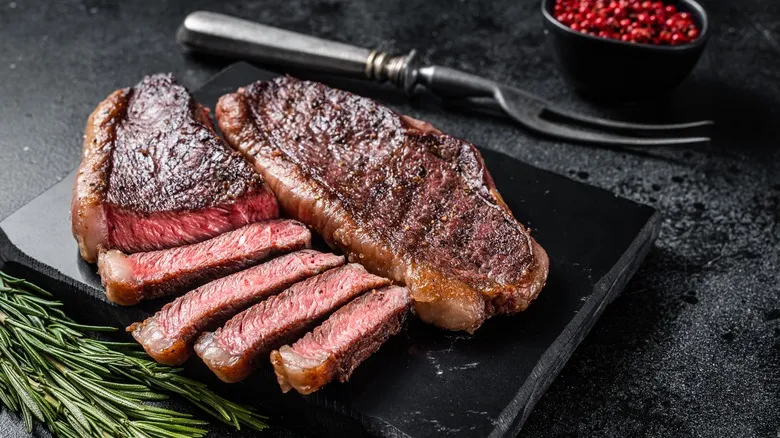
The French word "charcuterie" comes from "chair cuit," which means "cooked flesh." A traditional charcuterie board is all about meat—typically dried, preserved, and cured varieties. However, over time, these boards have expanded to include sliced cheeses, olives, dried fruits, and even sweets. So, why not add some warm, sliced steak to the mix and present it in the same fashion?
The ideal steak cuts for this arrangement are thick, boneless options like New York strip or top sirloin, as well as larger, tender cuts such as ribeye or tomahawk. These cuts sear beautifully, maintain a perfectly pink center, slice easily, and look stunning when arranged on the board. Using a sharp knife, cut the steak into ¼-inch slices at a slight angle against the grain to ensure each bite is tender. For thinner cuts like flank or skirt steak, or tougher options like chuck filet, marinate them for thirty minutes before cooking. Even thinly sliced Wagyu can elevate your charcuterie board.
To streamline the plating process, prepare other elements in advance: slice the cheeses and place nuts and grape tomatoes in small ramekins or kobachi bowls, along with any sauces, gremolata, or chimichurri. Remember the key principle for assembling your charcuterie board: start with the larger items. This includes the sliced steak, solid cheeses, and bread, and then fill in the gaps with your additional accompaniments.
The best ingredients for your steak charcuterie board
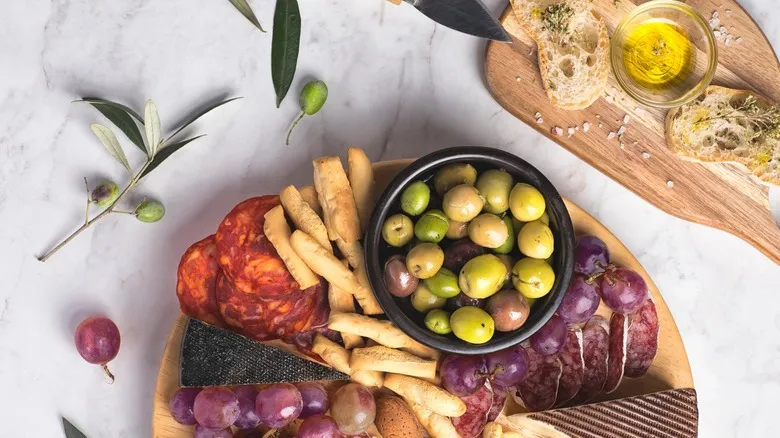
This is your chance to personalize the meal in one of two ways. First, you can add classic charcuterie board elements (think small pickles, spiced nuts, and gourmet cheeses). Alternatively, you might deconstruct the usual steak dinner sides into a charcuterie-style layout. Either approach will elevate a standard meal into something truly special.
Keep in mind that the board features warm steak instead of cured meats, so plan accordingly. Swap out mild goat cheese for a sharp cheddar or gorgonzola. Instead of crackers, use freshly baked sourdough toast rounds or points, and replace jams with chutneys. Seasoned nuts and dried fruits are great additions, but you can also include prepared sauces and chopped herb blends in attractive small dishes for guests to dip or drizzle over the seared steak. Avoid mundane charcuterie items like plain radishes or tasteless melon.
On the other hand, consider what typically complements steak and create charcuterie-style presentations. Slice carrots into rounds and roast, air fry, or candy them. Serve potatoes—whether mashed, quartered, or scalloped—in appealing small dishes. Garnish the steak with a drizzle of chimichurri sauce and a fresh sprig of thyme or oregano. Olives, a charcuterie staple, can be served whole in a dish or as a tapenade. Grilled asparagus, artfully arranged along the board, adds a nice touch. Even classic mac-and-cheese can be beautifully displayed alongside fanned-out steak slices. The key is to be creative and enjoy the process!
Recommended
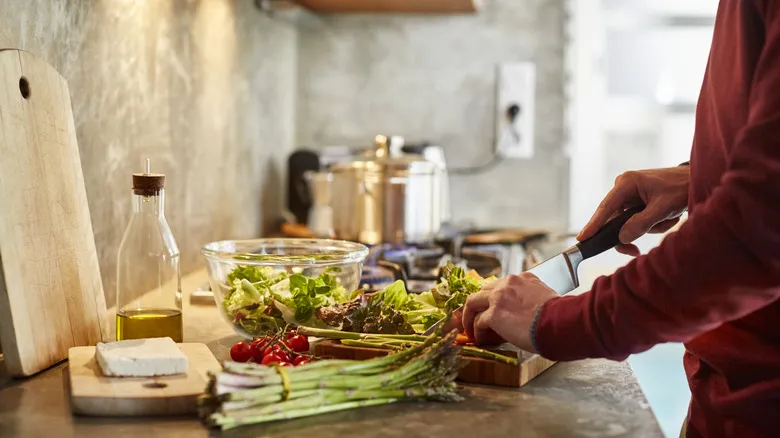
3 Tips For The Quickest Salad Prep Ever

You Need To Spice Up Your Store-Bought Ranch
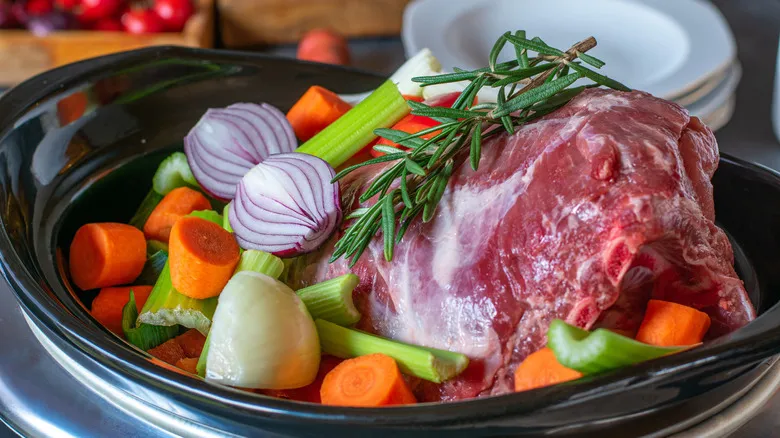
Always Remember The Golden Rule For Cheesy Slow Cooker Meals
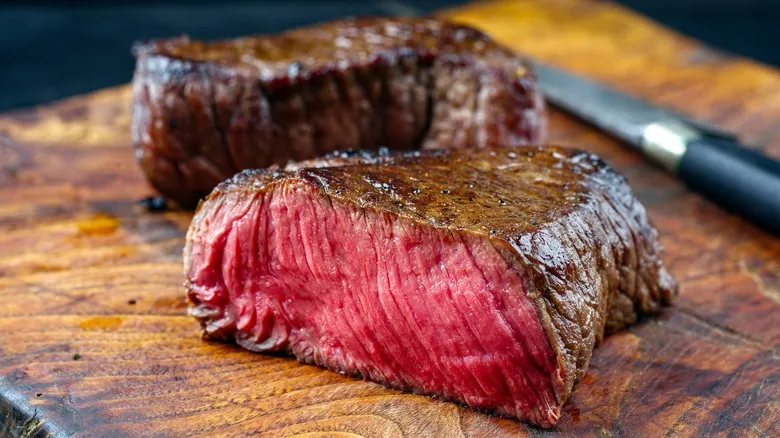
What To Do If You Need To Thaw Frozen Steak Fast
Next up

